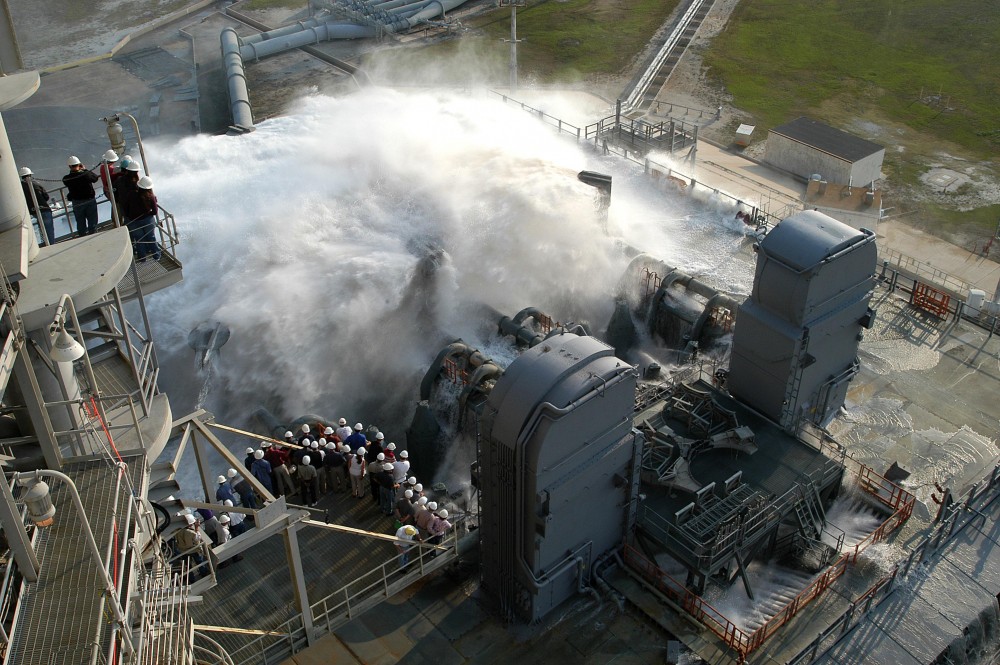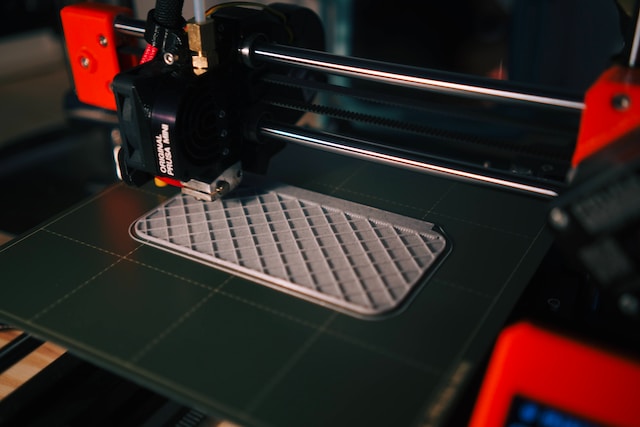High-Performance Aviation Technology
For planes to fly well, their surfaces must be light, strong, and aerodynamic. In the beginning, the Wright brothers used wood and metal parts to hold planes together. Today, the story is much different as the passage of time and innovation now provides various types of surface treatments and structural adhesive products as well as new ways of making aerospace parts.
Product Quality & Performance
Many aerospace parts today are created using a die or form, and increasingly, aerospace parts are made using additive manufacturing. All aerospace products manufactured for planes in the United States must meet Federal Aviation Administration certification requirements as well as an aircraft manufacturer qualification process. These regulations apply to parts as well as flight deck avionics, cabin electronics, communication systems, and simulation systems, as well as training and information management systems.
Additive Manufacturing & New Materials
New materials are now being used to help aerospace parts and products excel in very tough environments. Today, complex rings and rings components, for example, are machined using titanium, nickel, cobalt, stainless, and aluminum alloys. Advanced materials will allow aerospace companies to build larger rockets as well.
Following is a video explaining how the aerospace industry is embracing additive manufacturing to make more dependable parts.







